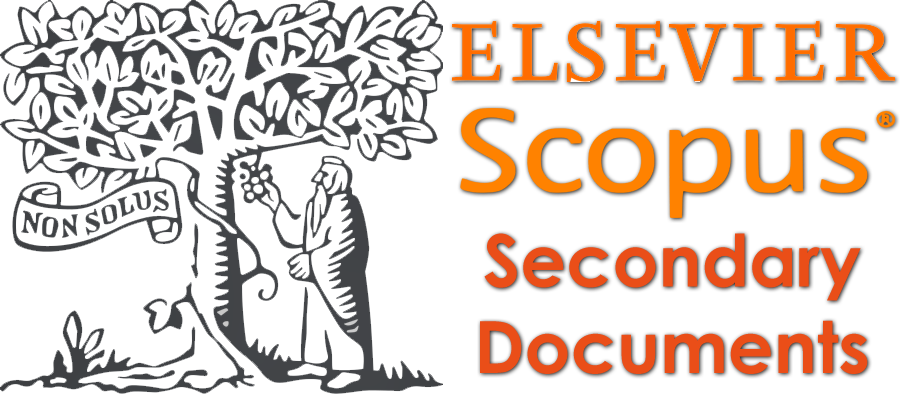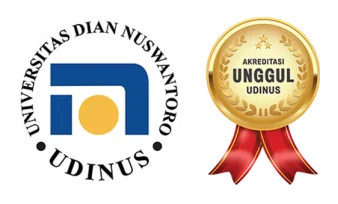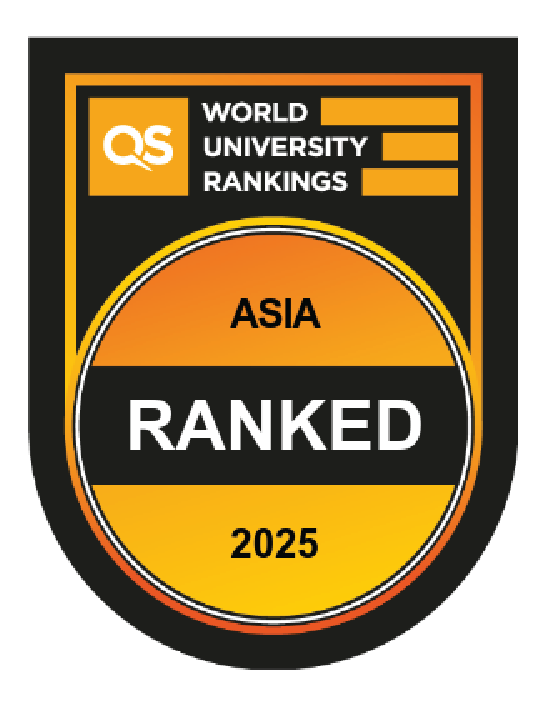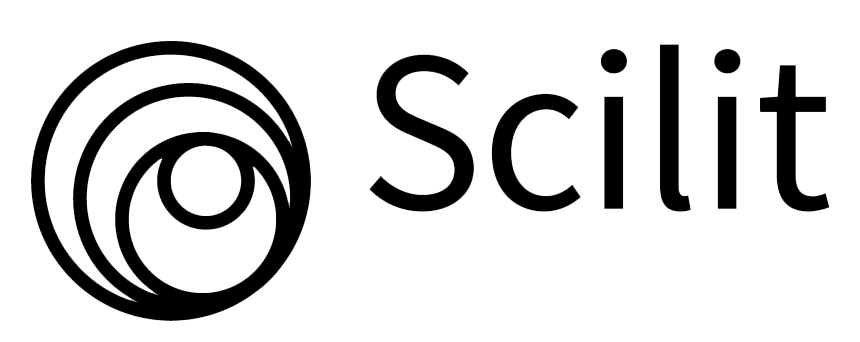Generating Harmonious Colors through the Combination of n-Grams and K-means
DOI:
https://doi.org/10.33633/jcta.v1i2.9470Keywords:
color harmony, large datasets, color quantization, n-Gram, color combinationAbstract
Among the many approaches to studying color harmony tried so far, a relatively recent method is to leverage a large number of human-created and ranked color palettes, such as those hosted at colourlovers.com. Analysis of these large datasets could provide insights into the nature of color harmony but is usually overwhelming because of the sheer number of slightly differing colors. It is possible to quantize the colors in these color palettes to a manageable set of discrete colors without significantly affecting the harmony perception of the palette. Considering the quantized colors as words and the palettes as sentences, it is possible to form and compute the probabilities of n-Grams in the sentences. In this study, we create bigrams and trigrams from the corpus of highly ranked color palettes and use them to predict new color combinations. Respondents were asked to like or dislike the patterns colored with these color combinations. It was found that the new color combinations thus formed were almost as harmonious and pleasing as the originals.References
K. E. Burchett, “Color harmony,” in Color Research & Application, vol. 27, no. 1, pp. 28–31, 2002, doi: 10.1002/col.10004.
S. Westland, K. Laycock, V. Cheung, P. Henry, and F. Mahyar, “Colour harmony,” in Colour: Design & Creativity, vol. 1, no. 1, pp. 1–15, 2007.
C. Chamaret, “Color harmony: experimental and computational modeling,” Ph.D. dissertation, Universite Rennes 1, 2016.
“COLOURlovers API Documentation,” 2023. [Online]. Available: https://www.colourlovers.com/api/.
G. B. Beretta and N. M. Moroney, “Harmonious colors: from alchemy to science,” in Proc. SPIE 8292, Color Imaging XVII: Displaying, Processing, Hardcopy, and Applications, Jan. 2012, p. 82920I. doi: 10.1117/12.915839.
V. Setlur and M. C. Stone, “A Linguistic Approach to Categorical Color Assignment for Data Visualization,” IEEE Trans. Vis. Comput. Graph., vol. 22, no. 1, pp. 698–707, Jan. 2016, doi: 10.1109/TVCG.2015.2467471.
K. E. Burchett, “Color harmony attributes,” Color Res. Appl., vol. 16, no. 4, pp. 275–278, Aug. 1991, doi: 10.1002/col.5080160410.
L. Ou and M. R. Luo, “A colour harmony model for two?colour combinations,” Color Res. Appl., vol. 31, no. 3, pp. 191–204, Jun. 2006, doi: 10.1002/col.20208.
W. Ostwald, and F. Birren, The Color Primer, New York, NY: Van Nostrand Reinhold Company, 1969.
A. H. Munsell, A Grammar of Colors, New York, NY: Van Nostrand Reinhold Company, 1969.
J. Itten, The Art of Color, New York, NY: Van Nostrand Reinhold Company, 1969.
A. Nemcsics, Colour dynamics: environmental colour design, Harlow, England: Ellis Horwood Ltd, Publisher, 1993.
J. W. von Goethe, Theory of colours. London, England: MIT Press, 1970.
M. E. Chevreul, The principles of Harmony and contrast of colors. Atglen, PA: Schiffer Publishing, 1997.
P. Moon and D. E. Spencer, “Geometric Formulation of Classical Color Harmony,” J. Opt. Soc. Am., vol. 34, no. 1, p. 46, Jan. 1944, doi: 10.1364/JOSA.34.000046.
J. Albers, Interaction of color. New Haven, CT: Yale University Press, 2013.
M.-C. Chuang and L.-C. Ou, “Influence of a holistic color interval on color harmony,” Color Res. Appl., vol. 26, no. 1, pp. 29–39, Feb. 2001, doi: 10.1002/1520-6378(200102)26:1<29::AID-COL4>3.0.CO;2-B.
Y. Matsuda, Color design, Tokyo, Japan: Asakura Shoten, 1995.
M. Tokumaru, N. Muranaka, and S. Imanishi, “Color design support system considering color harmony,” in 2002 IEEE World Congress on Computational Intelligence. 2002 IEEE International Conference on Fuzzy Systems. FUZZ-IEEE’02. Proceedings (Cat. No.02CH37291), 2022, vol. 1, pp. 378–383. doi: 10.1109/FUZZ.2002.1005020.
D. Cohen-Or, O. Sorkine, R. Gal, T. Leyvand, and Y.-Q. Xu, “Color harmonization,” in ACM SIGGRAPH 2006 Papers on - SIGGRAPH ’06, 2006, p. 624. doi: 10.1145/1179352.1141933.
Z. O’Connor, “Traditional colour theory: A review,” Color Res. Appl., vol. 46, no. 4, pp. 838–847, Aug. 2021, doi: 10.1002/col.22609.
C. Lara?Alvarez and T. Reyes, “A geometric approach to harmonic color palette design,” Color Res. Appl., vol. 44, no. 1, pp. 106–114, Feb. 2019, doi: 10.1002/col.22292.
L. Museros, I. Sanz, Z. Falomir, and L. Gonzalez-Abril, “Creating, Interpreting and Rating Harmonic Colour Palettes Using a Cognitively Inspired Model,” Cognit. Comput., vol. 12, no. 2, pp. 442–459, Mar. 2020, doi: 10.1007/s12559-018-9589-2.
S. Hsiao, F. Chiu, and H. Hsu, “A computer?assisted colour selection system based on aesthetic measure for colour harmony and fuzzy logic theory,” Color Res. Appl., vol. 33, no. 5, pp. 411–423, Oct. 2008, doi: 10.1002/col.20417.
M. Zaeimi and A. Ghoddosian, “Color harmony algorithm: an art-inspired metaheuristic for mathematical function optimization,” Soft Comput., vol. 24, no. 16, pp. 12027–12066, Aug. 2020, doi: 10.1007/s00500-019-04646-4.
F. Guo, F. Li, M. Nagamachi, M. Hu, and M. Li, “Research on color optimization of tricolor product considering color harmony and users’ emotion,” Color Res. Appl., vol. 45, no. 1, pp. 156–171, Feb. 2020, doi: 10.1002/col.22447.
P. O’Donovan, A. Agarwala, and A. Hertzmann, “Color compatibility from large datasets,” in ACM SIGGRAPH 2011 papers, Jul. 2011, pp. 1–12. doi: 10.1145/1964921.1964958.
P. Weingerl and D. Javoršek, “Theory of Colour Harmony and Its Application,” Teh. Vjesn. - Tech. Gaz., vol. 25, no. 4, Aug. 2018, doi: 10.17559/TV-20170316092852.
P. F. Brown, V. J. Della Pietra, P. V DeSouza, J. C. Lai, and R. L. Mercer, “Class-Based n-gram Models of Natural Language,” Comput. Linguist., vol. 18, no. 4, pp. 467–480, 1992.
C. Manning, and H. Schutze, Foundations of statistical natural language processing. London, England: MIT Press, 1999.
C. E. Shannon, “Prediction and Entropy of Printed English,” Bell Syst. Tech. J., vol. 30, no. 1, pp. 50–64, Jan. 1951, doi: 10.1002/j.1538-7305.1951.tb01366.x.
R. Banchs, Text mining with MATLAB®, 2nd ed. Cham, Switzerland: Springer Nature, 2021.
N. Garay-Vitoria and J. Abascal, “Text prediction systems: a survey,” Univers. Access Inf. Soc., vol. 4, no. 3, pp. 188–203, Mar. 2006, doi: 10.1007/s10209-005-0005-9.
L. Ou, P. Chong, M. R. Luo, and C. Minchew, “Additivity of colour harmony,” Color Res. Appl., vol. 36, no. 5, pp. 355–372, Oct. 2011, doi: 10.1002/col.20624.
M. T. Orchard and C. A. Bouman, “Color quantization of images,” IEEE Trans. Signal Process., vol. 39, no. 12, pp. 2677–2690, 1991, doi: 10.1109/78.107417.
M. E. Celebi, “Forty years of color quantization: a modern, algorithmic survey,” Artif. Intell. Rev., vol. 56, no. 12, pp. 13953–14034, Dec. 2023, doi: 10.1007/s10462-023-10406-6.
S. Sharma, J. Tandukar and R. Bista, “Effect of Color Quantization on Color Harmony,” accepted for publication in Proceedings of AIC 2023, 15th Congress of the International Colour Association, 2023.
M. R. Luo, G. Cui, and B. Rigg, “The development of the CIE 2000 colour?difference formula: CIEDE2000,” Color Res. Appl., vol. 26, no. 5, pp. 340–350, Oct. 2001, doi: 10.1002/col.1049.
M. E. Celebi, “Improving the performance of k-means for color quantization,” Image Vis. Comput., vol. 29, no. 4, pp. 260–271, Mar. 2011, doi: 10.1016/j.imavis.2010.10.002.
A. Pauls and D. Klein, “Faster and smaller n-gram language models,” in Proceedings of the 49th annual meeting of the Association for Computational Linguistics: Human Language Technologies, 2011, pp. 258–267.
E. Kim and H. Suk, “Image color adjustment for harmony with a target color,” Color Res. Appl., vol. 43, no. 1, pp. 75–88, Feb. 2018, doi: 10.1002/col.22144.
Downloads
Published
How to Cite
Issue
Section
License
Copyright (c) 2023 Shreeniwas Sharma, Jyoti Tandukar, Rabindra Bista

This work is licensed under a Creative Commons Attribution 4.0 International License.















